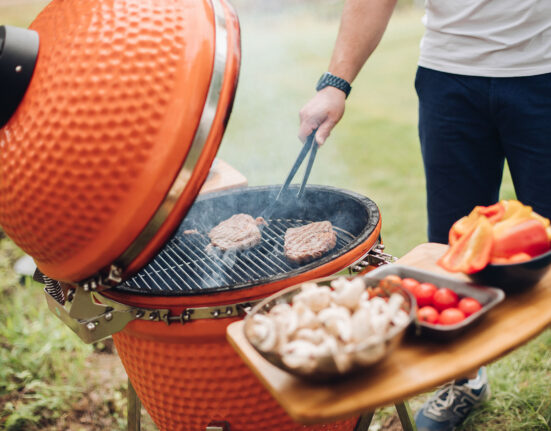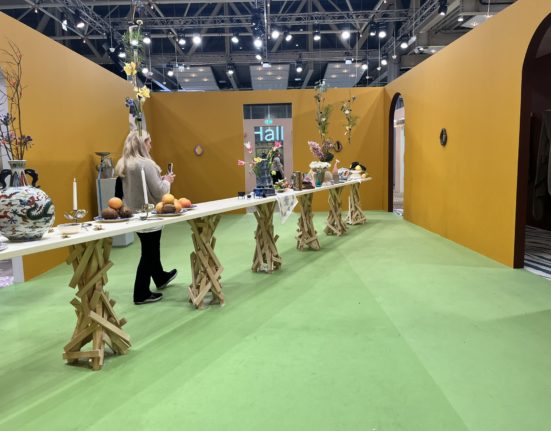It’s the time of year to get baking! And what Christmas of glögg-party would be complete without these babies? At YLC we have searched far and wide for the best recipe EVER – just for YOU!

Pepparkakor – also known as ginger snaps or ginger thins or ginger biscuits – have a rather long and fabulous history, dating back at least to 14th century Germany, where artisans would fashion meticulous wooden moulds in the shape of coats of arms, kings, knights, religious symbols, portraits and various other important shapes. Nuns baked them to aid digestion and improve overall general constitution and this appears to be how they travelled north.
In around 1500 AD the Swedish-Norwegian-Danish King Hans was prescribed ginger thins by his doctor. King Hans was, to put it mildly, somewhat temperamental and it was believed that the cookies would put him in a rather better humour, thus making the overall mood at court more palatable for the jesters and other assorted hangers on. No reports on whether or not the prescription was successful for Hans but the happiness rumour surrounding ginger thins remains to this day.
In 16th century Sweden ginger thins were sold in monastery pharmacies, bakeries, and markets, as well as imported primarily from Nuremburg, which was the ginger thin capital of Europe at that time.
Ginger thins were always eaten year round; it was only in the 19th century that they became associated with Christmas, probably due to the increasing availability of flour and sugar to the general public, which spurred on enormous amounts of baking in the run-up to Christmas. Even today you can buy and eat pepparkakor at any time of year but baking them yourself – and filling the house with those wonderful scents – is still, to many people, a tradition best saved for the holiday season. So let’s get baking.
Get prepared:
The first thing you need is your cookie cutters, the most traditional of which is the heart (monks were among the first to use the heart as a symbol of love and this translated into their ginger thin moulds). You can buy these pretty much anywhere, even at your local ICA or Konsum, but if you want some that are built to last NK department store has some very nice and very pricey moulds that are sturdy and will not grow those nasty rust stains some of your cheaper models tend to do.
Once you’ve got your moulds, gather up your ingredients. This recipe comes from a very old Swedish cookbook, which should give you an authentic flavour.
What you need:
2/3 cup brown or white sugar (I recommend brown)
2/3 cup molasses
1 teaspoon ground ginger
1 teaspoon ground cinnamon
½ teaspoon ground cloves
¾ tablespoon baking soda
2/3 cup butter – room temperature
1 egg – room temperature
5 cups flour
optional: grated lemon rind for topping
What you do:
Heat the sugar, molasses and spices to boiling point. Add baking soda and pour the mixture over the butter in a bowl. Mix until the butter is fully melted and incorporated. Add egg and flour, mixing quickly and thoroughly so you don’t get scrambled eggs.
Knead the dough until smooth then chill for at least 30 minutes. Once chilled roll out as thin as you possibly can without the dough breaking (the thinner the better in order to get that ‘snap’). Grab your moulds and cut out cookies, placing on a greased or lined baking sheet. Bake at about 165° C for 8-10 minutes.
Remove from oven, cool on a rack and you’re good to go!
Some are keen to top their ginger thins with icing or various decorations – at one point grated lemon rind was used as a topping – but I prefer to keep it simple, where you get all the flavour you need from the biscuit. Save your toppings and decorations for the gingerbread house you’re going to make right after these cookies are done and dusted.
Note: If you want to make these for the Christmas tree poke a hole at the top of each shape before baking and then thread with ribbon once they’re baked and cooled.
God Jul and enjoy!
Judi Lembke
Judi Lembke is an experienced journalist who goes through life with a serene if slightly deranged smile on her face. When she’s not shackled to her computer, she enjoys reading, cooking and sometimes watching embarrassingly bad reality TV. (But don’t tell anyone. She prefers to be seen as far too highbrow for that sort of thing.) Judi also works with communications and thinks coming up with clever ideas is about as much fun as one can have without taking of one’s clothes.
For more info about what’s on in Stockholm, follow Your Living City on Twitter or subscribe to our newsletter here!












1 Comment